How to Photograph Vintage Cars: Choose the Right Environment, and Don’t Forget the Details
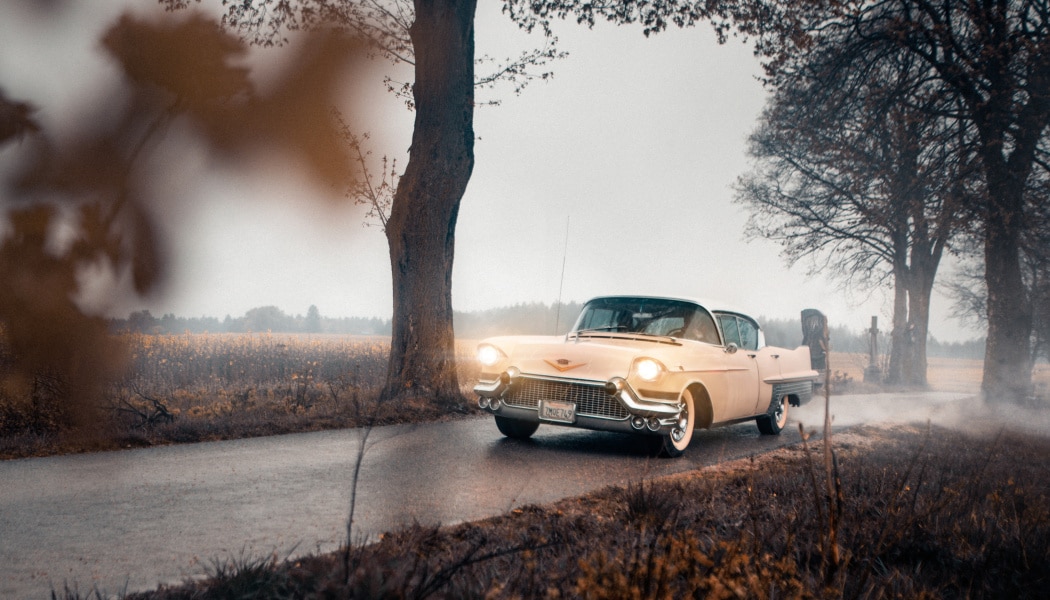
Old cars are already gorgeous in and of themselves. They’re going to look good in photos practically no matter how you photograph them. But how do you capture things so that they really, truly stand out? It’s enough to pay attention to the details and crank-start your creativity. We’ve prepared a few tips for you on how to depict vintage cars so that they’ll shine in their true beauty.
Photographing vintage cars is quite similar to photographing modern cars. The main difference is in how their environments can limit your work a little. Also, you have to work to make sure that your pictures with a historical cars don’t contain any strikingly modern elements. The rest all just depends on your creativity.
Outdoors With No Distractions for a Natural Look
You definitely get a more interesting look for a vintage car when you photograph it separately instead of having it in a row of several cars, with no way to think up your own composition. Where possible, take the care somewhere out far from the city.
Naturally you can’t arrive at a museum and expect them to loan you a car for the afternoon so you can do whatever you want with it. But you can sometimes reach an agreement with a car’s owner, whether that’s at a museum or at a show. Most owners appreciate getting high-quality photos of the cars they love.
Speaking of which, I’d like to thank the Nová Bystřice Museum for kindly enabling me to photograph the car shown here.
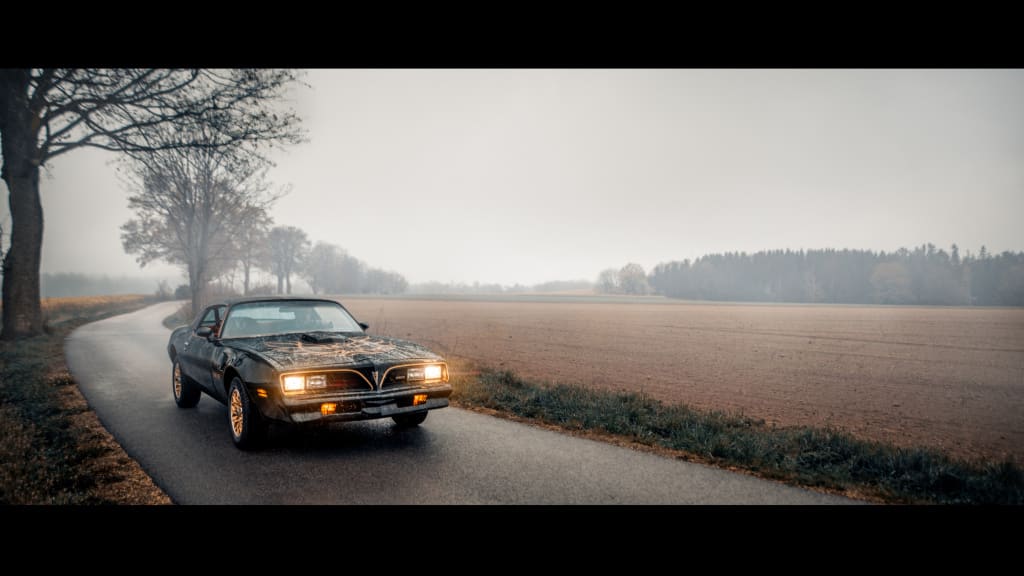
Which Spot Should You Choose?
Most vintage cars are fairly expensive, so you can’t just go and take them somewhere into the forest or other places without good roads. So try to find a road without much traffic instead. Then you won’t have to constantly get out of the way of cars driving by. Ideally, this will also put you far away from any elements that look modern at first sight. That’s why this road without obvious signs of civilization seemed to me like the ideal place.

From How High Up?
Should you photograph the car from above, below, or in the middle? It’s really all quite similar as it is for people. When you shoot from above, you’re indicating that the car is big and dominant and evokes respect. But when you take your picture from below… with people, you’re looking up their nose, and with cars, you see the mud under the mudguards, and you can’t see the hood.
Photographing from headlight level is a classic; it evokes prestige and is also the most common photo style when you look at catalogs. Just like with portraits, this angle gives the highest probability that the subject will look good.
With one small difference—portraits from slightly above make people look docile, but cars will look fine. After all, that’s how we naturally see them as we walk down the street.

Growling Motor, Shining Lights, Smoking Tailpipe
Back in the day, emissions weren’t a concern, and so old cars are often trailed by clouds of smoke. This is worth putting to use. When a car’s running and its lights are on, that adds motion and myth to your photos. And it shows that this is no mere museum exhibit, but a working car isn’t yet ready for the junkyard.

I deliberately chose a 21:9 ratio of sides for this photo. I added black stripes that shrunk it down to a 16:9 ratio so that it would feel a little like a movie scene. You can do this in Zoner Studio, and we explain how in our article on cropping and composition.
Indoor Shots
If you don’t have a way to photograph the car where you want, at least try to eliminate any distractions. Museums, for example, tend to have an info sign next to each car. If you can’t get that sign out of the frame, then you can retouch it away in Zoner Studio.
Retouch away any distractions.
Try Dynamic Lighting
I produced the lighting for this photo with two flashes from behind, one from in front, and another inside the car. This kind of lighting dissolves away most of the car’s shape. But if you put a model in the car, she’s the subject, and the car is only a backdrop.
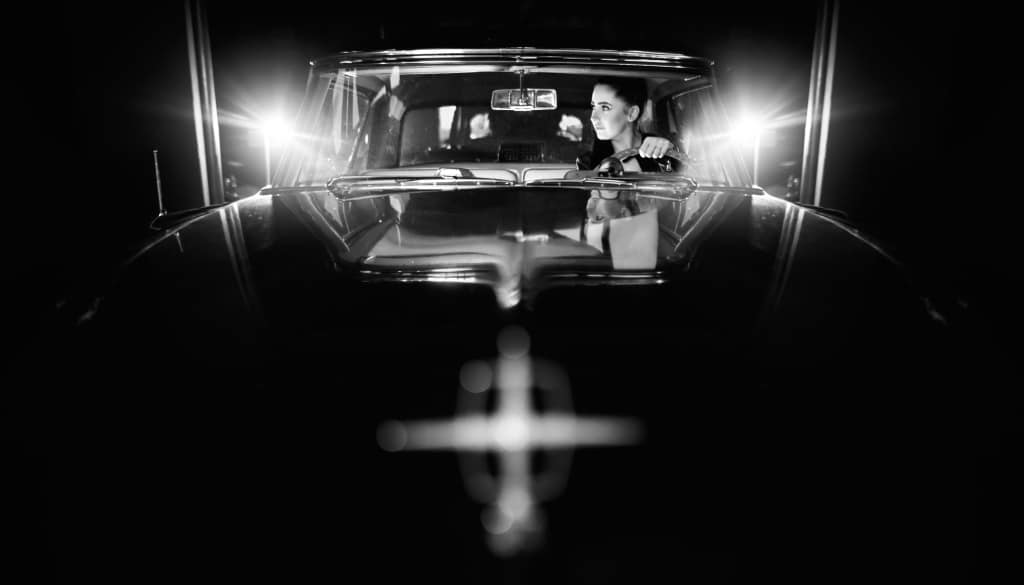
A Shiny Car Will Really Shine
When a car is well waxed, it works like a mirror. Fill its surroundings with neon and lights, and it will reflect those and look glittery and luxurious—which is great for your photos.

When Distractions Abound, Go for Details
Sometimes the cars are lined up right next to each other, and then it’s hard to think up any kind of creative composition. You can tackle these situations by photographing a car’s details.
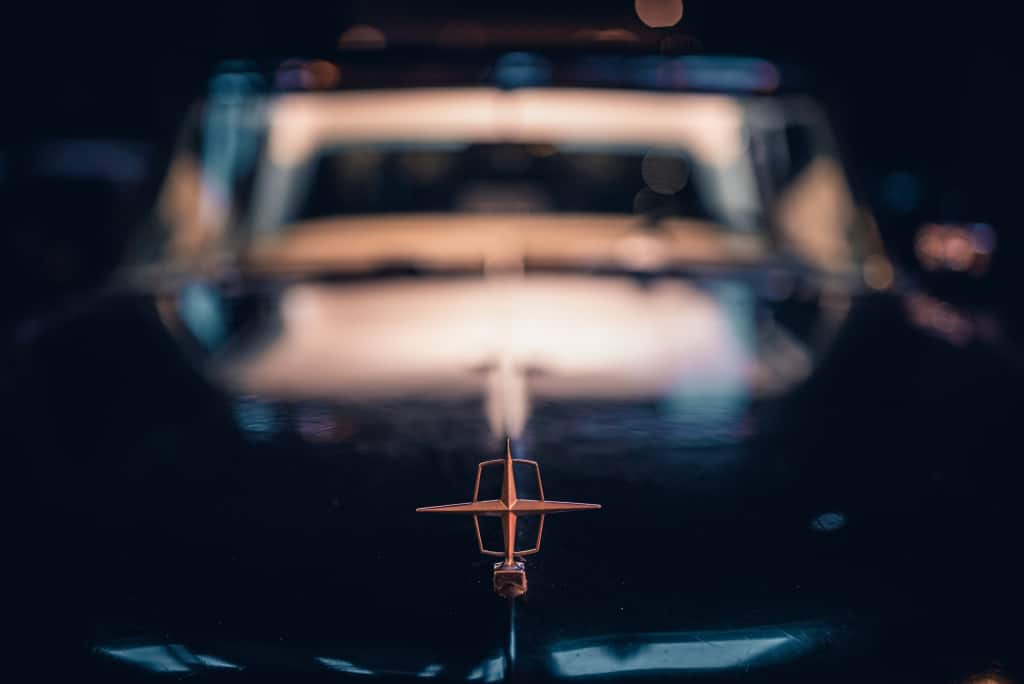
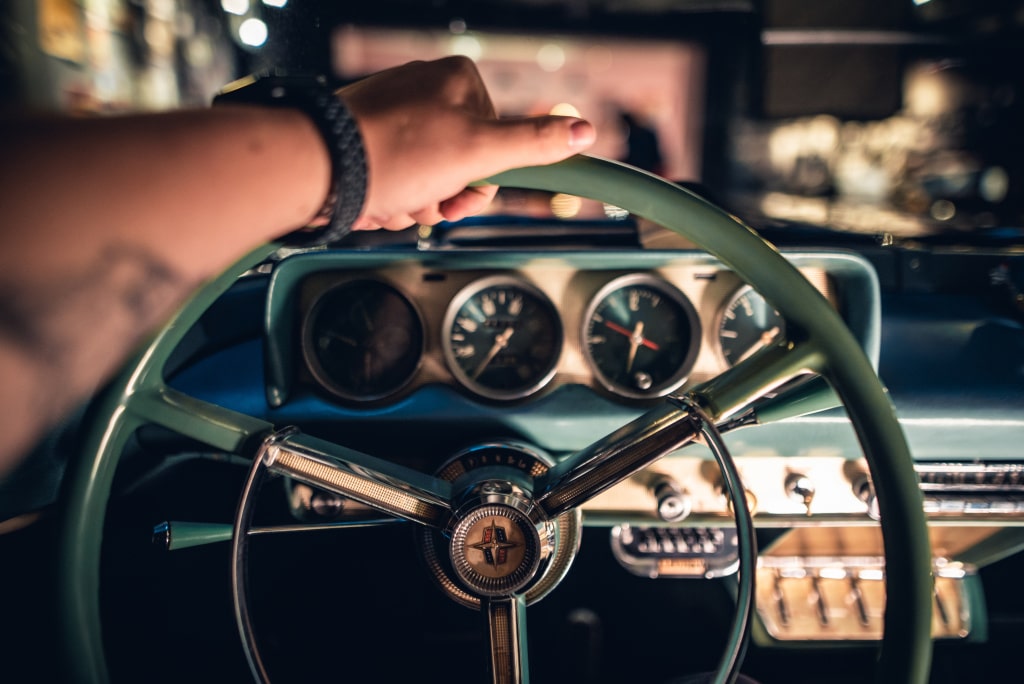
Vintage Cars Deserve Our Attention
You don’t run into a working vintage car every day. So seeing them is unique, in a way. So when you do see and photograph them, give it your all! And don’t forget to show off the pictures you get in the comments here, or on Zonerama.



There are no comments yet.